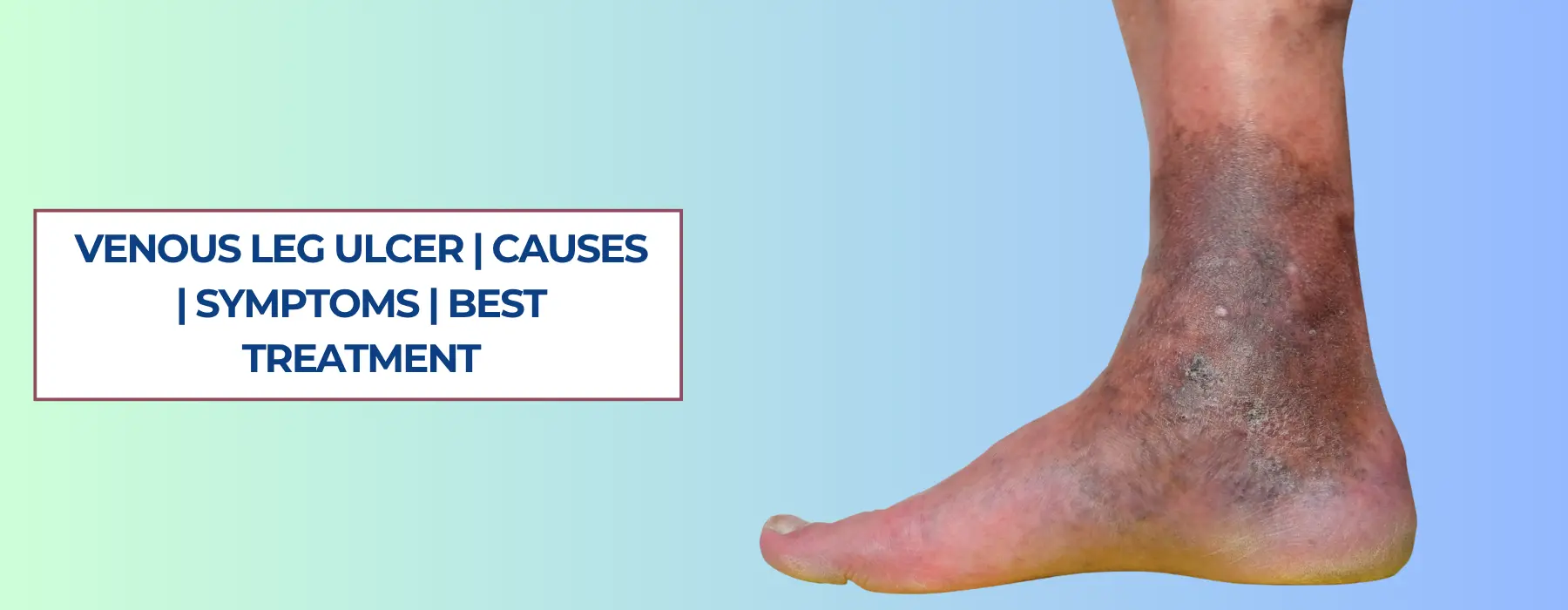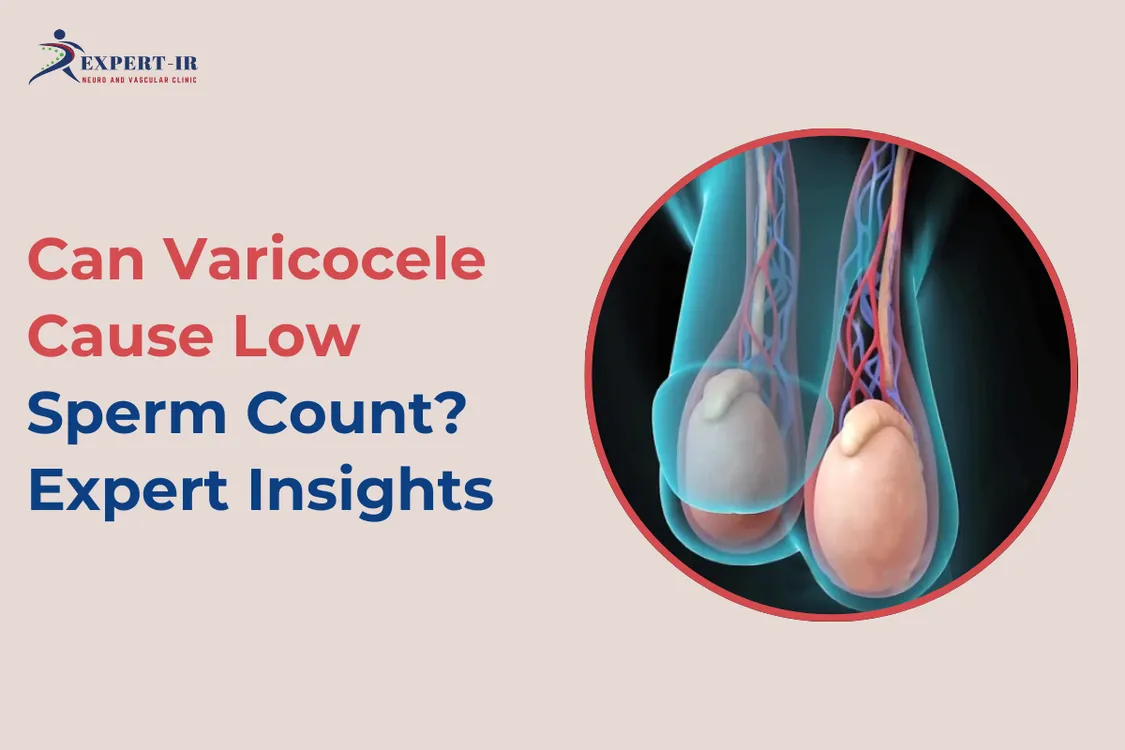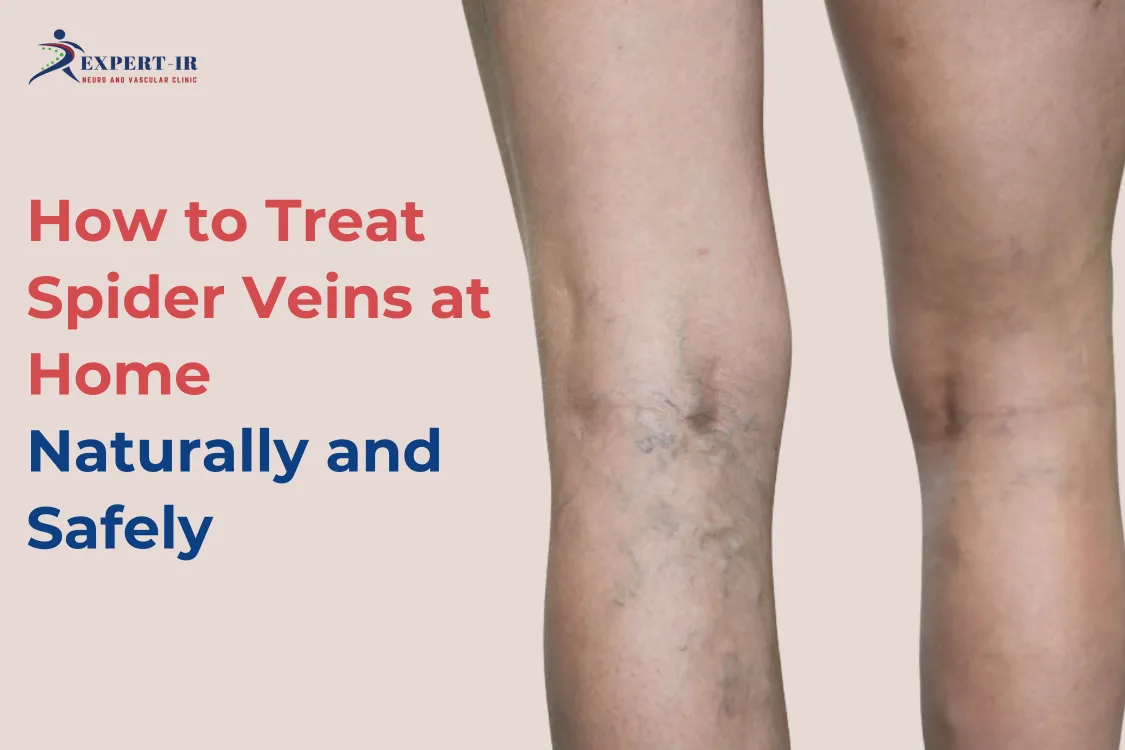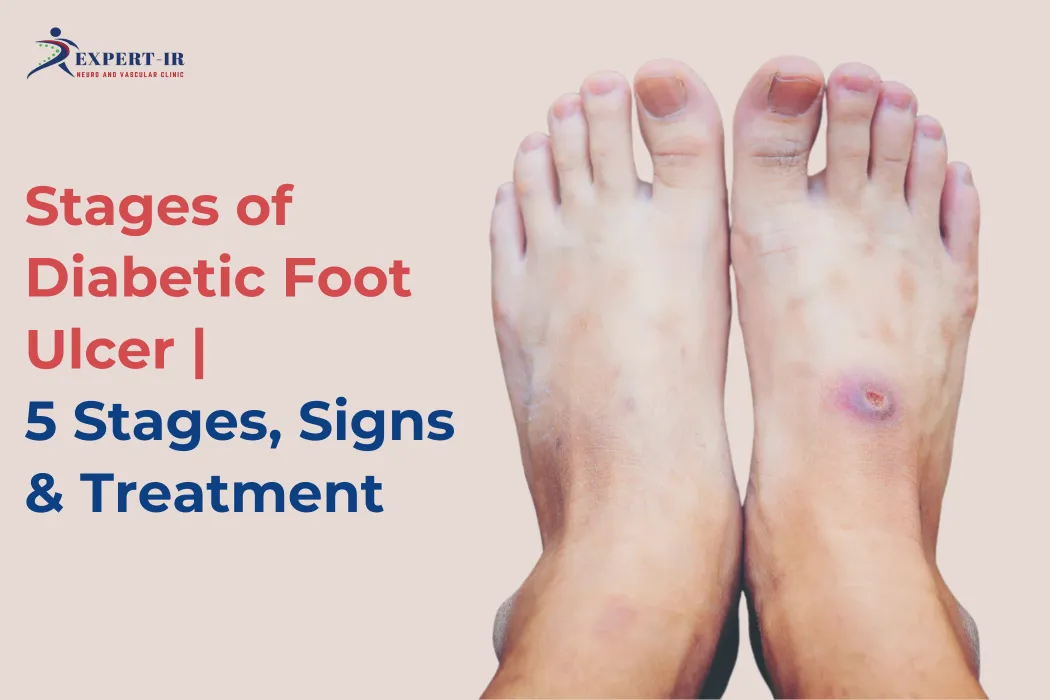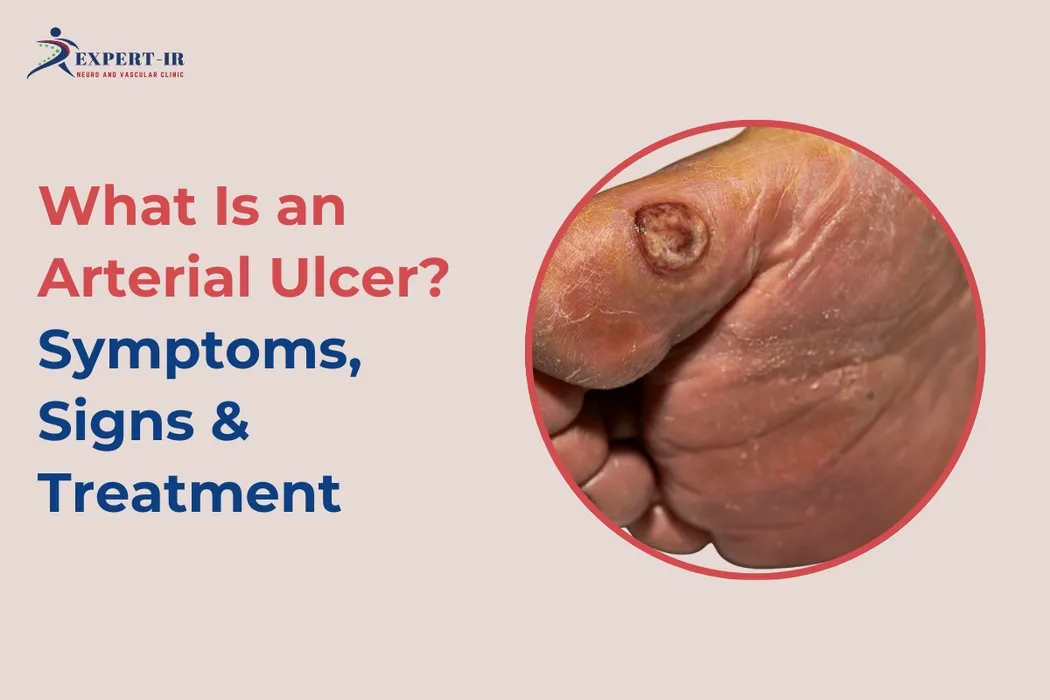Venous ulcers are more than just skin wounds—they’re a sign of underlying venous disease that needs attention. Recognizing the symptoms early and seeking treatment from a qualified vascular specialist like Dr. Santosh Patil can make all the difference. With modern treatments such as Venaseal, Laser Therapy, and Compression Therapy, patients can experience faster healing and a better quality of life.
If you’re struggling with non-healing leg wounds, don’t ignore them. Get expert help today and take the first step toward healthier, pain-free legs.
